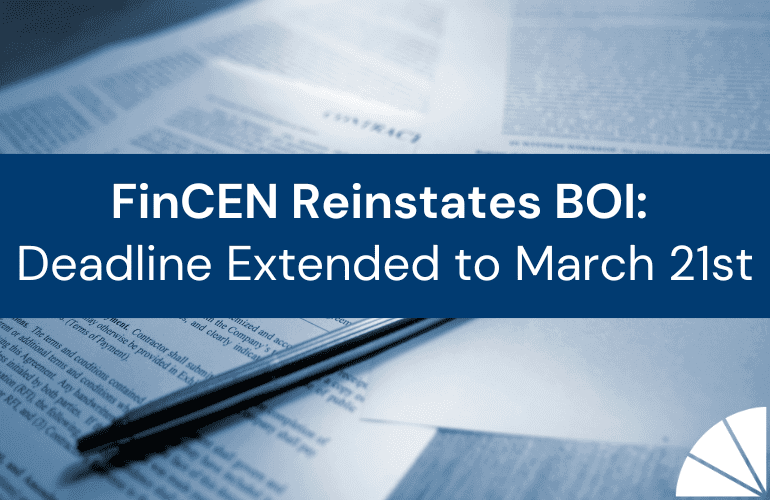
The amount of data produced and processed daily has increased exponentially over the years, and those numbers will only continue to grow. As a result, it can be a dizzying prospect for a business to know what and how to track, process, understand, identify, and leverage applicable data to optimize a company’s bottom line and align with its strategy.
What data should a business look for?
Data is another word for an event recorded or tracked by technology. It can be represented by numbers or words and, ideally, if utilized accordingly, translate into insightful information for a company to analyze and potentially act upon.
Some data that every business has access to, include important financial information such as revenue, expenses, and profits, to name the three main items. As well as customer specifics such as; demographics and behavior, and employee details. Such available data is then in term utilized by companies to reduce financial and economic risks, optimize revenues, staff accordingly, launch new products, improve or adjust their strategy, and more.
However, on its own, data is just an abundance of information that can cause unnecessary noise if not utilized properly. Making use of this data requires gathering, analysis, interpretation, and action – otherwise known as data analytics. And one of the best practices of data analytics in business is to identify untapped efficiencies within a company, which can lead to operational, financial, and other strategic benefits.
Five specific ways to leverage data analytics to address untapped business inefficiencies include:
- Identifying unnecessary spending and expenses. A thorough look at a company’s financial data can show how much a company is spending on various line items. Such information is essential company’s knowledge of its final earnings. However, with the right data and person, data analytics can provide more in-depth details and information. In addition to providing a current status of your internal financials, utilizing external market data can compare a business’s expenditures against those of its competitors, offer an industry benchmark of their spending habits on key items such as; cost of goods sold, operating costs, and payroll, just to mention a few. Data analysis can uncover potential trends in company expenses and help establish a path to improve spending habits to make the company profitable and successful.
- Improving underperforming workflows. If utilized properly, data analytics can help a business improve its current workflows. By analyzing the outcome of existing processes and their performance over the years, a business can identify areas for improvement by optimization or automation of workflows to accelerate processes, reduce human errors, or otherwise run at their optimal output.
- Influencing future business strategy. Data analytics can be a catalyst for a conversation about business strategy. For example, if the analysis shows that a business is spending more than its competitors on payroll and facilities, it begs the question: why? Is the business looking to grow? Is it looking to break into a new market where specific skills are needed? Is it headquartered in a more expensive city? Or can the business make some changes that will make it run more efficiently, such as training, reorganizations, or operational adjustments?
- Acquiring potential market share. Another efficiency that data can highlight is related to market share. If a business is in search of gaining market share, data can show us where the competitors are, what pricing strategies are in use, and what costs to expect. Data analytics can help a company create the perfect pricing model to help acquire a large clientele and sell services or products more efficiently.
- Pinpointing a targeted exit date. At some point in a business owner’s life, they will consider what’s next for the company. Many look for that optimal time to sell a business to reap the largest profit possible. However, the work that goes into building a business is often a person’s “life’s work,” and an owner, more often than not, has an emotional attachment to the business. Data analysis can offer an objective view of a business’s financial statements, the competitive landscape, and other aspects that go into valuing a business so an owner has a clear understanding of when they can realistically sell the company to achieve their goals.
The problem with data
It’s one thing to gather data. It takes much more effort to analyze it and apply data insights to optimize business processes and deliver efficiencies.
Here’s what a business should keep in mind:
- Garbage in, garbage out. It’s important to start with clean, unbiased data to ensure any insights gleaned are based on truth. Furthermore, when analyzing data to solve a particular problem or create an opportunity, ensure the data you look at applies to the tasks at hand.
- Data may find more problems before it leads to a solution. Data can lead the way to a solution, but it may be different than the solution expected. Often, a business leader comes to a problem with a solution in hand. However, digging into data may lead to additional questions, require alternative steps, or identify dependencies to consider.
- Data does not make the decision. Data analytics can help leaders understand the data, their business, and the marketplace. But the decision maker is always the business owner. They have to believe what the data shows and trust that the actions recommended will lead to the desired outcomes.
Putting analytics into action
If a business is looking to target inefficiencies, becoming more data-driven is a smart approach. A good first step is to engage an adviser at the very beginning of the process to understand what you’re actually trying to solve.
At LGA, we don’t start this process by looking at the data; instead, we begin with questions. We learn about our customers, their businesses, the industry, and the market. We also ask, “Why?” We want to know more than what the business leader is looking to do – we want to know the reasons behind it. We help a business owner gather the data from the models, run analyses and comparisons, and understand the story the data tells before we recommend any adjustments the business can make to achieve its goals.
If you have questions about how you can best utilize data analytics with your business, please feel free to contact me.






